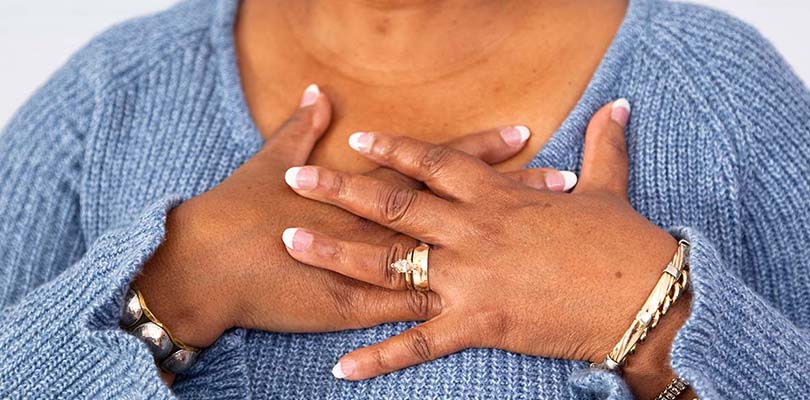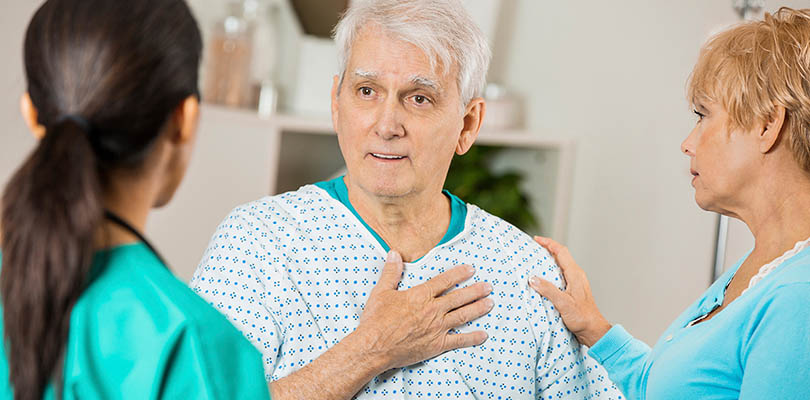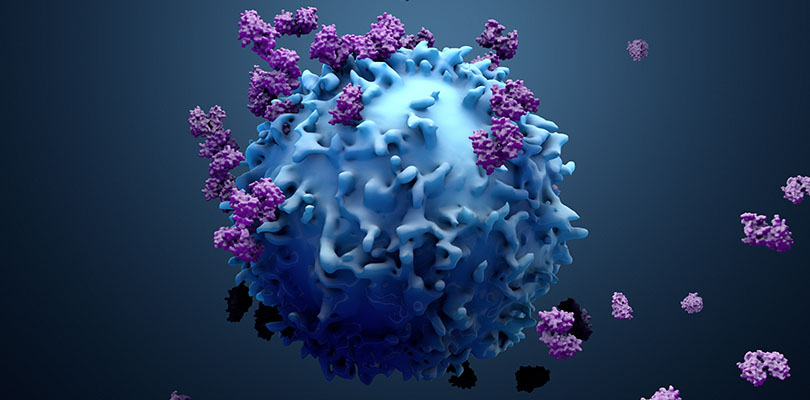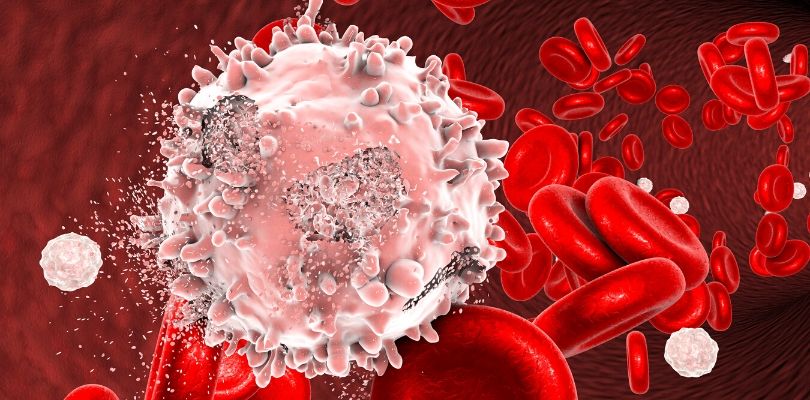Seven Sarcoma Symptoms to Be Aware Of
Sarcomas are rare, and they make up less than one percent of cancers. Sarcomas can happen anywhere in your body. How do you know what is a sarcoma symptom, and what is a symptom from another illness or injury? The list of sarcoma symptoms below may help you determine if you should see a doctor.
What Is a Sarcoma?
Cancer is the uncontrolled growth of abnormal cells and cancerous tumors of the connective tissues are called sarcomas.
These tissues connect, support, and surround other body structures, so there are many types of tissue with many different jobs around the body. Normal connective tissue includes fat, blood vessels, nerves, bones, muscles, deep skin tissues, and cartilage (to name a few).
Sarcomas can be divided into two main groups: bone sarcomas and soft tissue sarcomas. These all share microscopic similarities and have similar symptoms.
Sarcoma Symptoms to Watch for
Here are the seven most common sarcoma symptoms:
A Lump or Mass
This is the most common symptom of sarcomas. A noticeable lump forms in the location where the tumor is growing.
A typical mass grows slowly over a period of time and are often painless in the beginning. Over time, or if the lump presses on a nerve or muscle, the lump will start to ache. If the lump isn’t painful but continues to grow or if it’s located deep within an extremity or body cavity, see a doctor.
Many of these lumps are not sarcoma; in most instances, these soft-tissue lumps are made of fat cells and are not cancer. If you have a lump larger than 2 inches, is growing, or is painful, it should be brought to the attention of your doctor.
Localized Pain
Once a tumor affects the tissues, pain can be felt in the general area. As the cancer develops, the ache will become more persistent. If the tumor presses against nerves and muscles, it will make the pain more pronounced.
Soft tissue sarcomas can develop in flexible tissues and rarely cause symptoms in the early stages. The tumor pushes normal tissue out of the way while it grows, so it can become quite large before symptoms are noticeable. Location-specific pain can result depending on the location of the sarcoma. A sarcoma in the heart will cause chest pain, in the lungs will cause breathing issues, and in the abdomen can cause digestion issues.
Bone sarcomas will be paired with bone pain. A dull or deep ache is felt in a bone or bone region. At first, the pain may only be noticeable at night or in periods of inactivity. These pain points are usually where the bone has been weakened, which can lead to a fracture down the road. The break may occur in an area of bone that was previously painful for a period of time; be sure to let your doctor know of any areas that hurt so they can monitor the state of the area.
Common carcinoid tumor symptoms may include fatigue, flushing of the skin, weight fluctuations, and digestive problems. Learn more about the symptoms here.
Swelling
Uncomfortable swelling, especially in the limbs that have tumors, is another sign of soft tissue sarcoma. Tumors in or around the joints often cause swelling and tenderness.
While you may notice that your arm or leg is swelling up due to the tumor, you may not feel any pain. This inflammation is the result of the tumor growing and swelling. Over time, the site may become increasingly tender, so it is best to see a doctor when you first notice swelling.
Limited Mobility
Some tumors restrict motion like in the hip, knee, shoulders, or hands. Location-specific symptoms can mean that you walk with a limp, lack a full range of motion, or are unable to move your limbs properly.
The tumor may cause the impairment of a joint, muscle, or another type of tissue, or the pain may be so great that you are unable to maneuver your body as you did before the sarcoma appeared. Sometimes this symptom is confused with a sports injury.
Skin Lesions
Spots appear when a sarcoma tumor breaks through the skin and are red, brown, or purple in color. Usually, these lesions are not itchy or painful. They can be flat on the skin, slightly raised from the surrounding skin, or grow into small nodules (bumps).
The lesions can appear all over and inside the body, including the mouth, inside the lungs, or within the stomach and intestines. The location of the lesions offers their own additional side effects, including abdominal pain, bleeding, diarrhea, and more. In some cases, lesions bleed, and prolonged bleeding can result in a lower red blood cell count, leading to anemia.
Weight Loss
With cancers, weight loss is a common symptom. Unintended weight loss can be the result of a few things relating to sarcoma.
It is possible to feel full after eating a small amount of food. You may also be skipping meals because of a lack of appetite. Your body may not be absorbing the nutrients it needs, as stomach pain or vomiting may be a barricade to keeping your weight up.
With advanced sarcoma, you may experience muscle loss as well.
Fatigue
Cancer causes fatigue through mental, physical, and emotional depletion. The constant pain, improper sleep, poor nutrition, and lack of essential nutrients all add to the effect of fatigue.
Managing sarcoma symptoms also contribute to drowsiness and fatigue, with the toll medication and treatment takes on the body.
Conclusion
Depending on where the sarcoma is located in the body, will determine which symptoms present. Your doctor will determine the next steps and help you come up with a treatment plan and long-term care.







